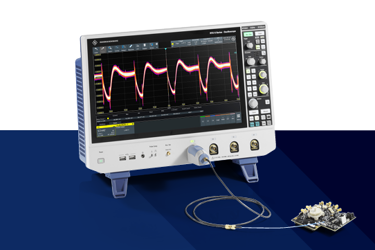Power Integrity: A Pocket Guide

In today's rapidly evolving electronic landscape, ensuring clean and stable power rail voltages is paramount for optimal device performance. The growing demand for higher integration and lower power consumption tightens voltage tolerances, making power rail qualification a daunting challenge. This pocket guide delves into the complexities of power integrity, examining crucial factors to consider when conducting accurate power integrity measurements.
Power integrity, the analysis of DC power rails, is fundamental to electronic design, impacting the performance of ICs like CPUs, DDR memories, and FPGAs. Ripple, noise, and load-step response measurements necessitate low-noise, broadband probing solutions, capable of detecting disturbances in the single-digit millivolt range. Power supply qualification for sensitive analog receiver circuits demands precise measurements, even at high DC offset levels.
Power integrity issues, arising from sporadic anomalies in ICs like FPGAs and ASICs, can lead to increased jitter, potentially rendering designs non-functional. These issues are exacerbated by crosstalk and electromagnetic interference (EMI), originating from sources such as displays, clocks, and RF signals. Novel challenges, including crosstalk between power rails and high-speed data lines, as well as significant RF signal coupling exceeding 2 GHz, jeopardize overall system performance, risking complete device failure.
In this guide, discover essential techniques and tools, from oscilloscopes to vector network analyzers, to navigate the intricate realm of power integrity. Gain insights into addressing PI challenges, ensuring your electronic designs meet the demands of today's competitive market.
Get unlimited access to:
Enter your credentials below to log in. Not yet a member of RF Globalnet? Subscribe today.
